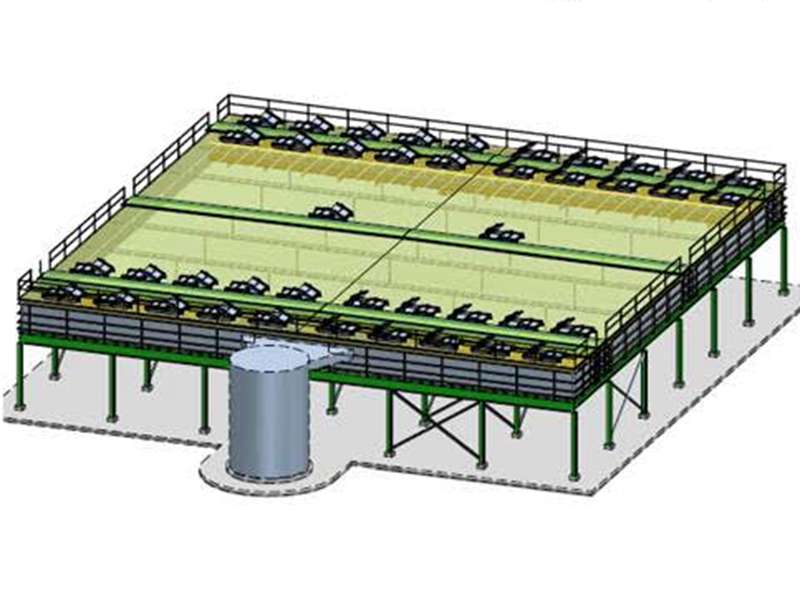
-
 Afrikaans
Afrikaans -
 Albanian
Albanian -
 Amharic
Amharic -
 Arabic
Arabic -
 Armenian
Armenian -
 Azerbaijani
Azerbaijani -
 Basque
Basque -
 Belarusian
Belarusian -
 Bengali
Bengali -
 Bosnian
Bosnian -
 Bulgarian
Bulgarian -
 Catalan
Catalan -
 Cebuano
Cebuano -
 China
China -
 China (Taiwan)
China (Taiwan) -
 Corsican
Corsican -
 Croatian
Croatian -
 Czech
Czech -
 Danish
Danish -
 Dutch
Dutch -
 English
English -
 Esperanto
Esperanto -
 Estonian
Estonian -
 Finnish
Finnish -
 French
French -
 Frisian
Frisian -
 Galician
Galician -
 Georgian
Georgian -
 German
German -
 Greek
Greek -
 Gujarati
Gujarati -
 Haitian Creole
Haitian Creole -
 hausa
hausa -
 hawaiian
hawaiian -
 Hebrew
Hebrew -
 Hindi
Hindi -
 Miao
Miao -
 Hungarian
Hungarian -
 Icelandic
Icelandic -
 igbo
igbo -
 Indonesian
Indonesian -
 irish
irish -
 Italian
Italian -
 Japanese
Japanese -
 Javanese
Javanese -
 Kannada
Kannada -
 kazakh
kazakh -
 Khmer
Khmer -
 Rwandese
Rwandese -
 Korean
Korean -
 Kurdish
Kurdish -
 Kyrgyz
Kyrgyz -
 Lao
Lao -
 Latin
Latin -
 Latvian
Latvian -
 Lithuanian
Lithuanian -
 Luxembourgish
Luxembourgish -
 Macedonian
Macedonian -
 Malgashi
Malgashi -
 Malay
Malay -
 Malayalam
Malayalam -
 Maltese
Maltese -
 Maori
Maori -
 Marathi
Marathi -
 Mongolian
Mongolian -
 Myanmar
Myanmar -
 Nepali
Nepali -
 Norwegian
Norwegian -
 Norwegian
Norwegian -
 Occitan
Occitan -
 Pashto
Pashto -
 Persian
Persian -
 Polish
Polish -
 Portuguese
Portuguese -
 Punjabi
Punjabi -
 Romanian
Romanian -
 Russian
Russian -
 Samoan
Samoan -
 Scottish Gaelic
Scottish Gaelic -
 Serbian
Serbian -
 Sesotho
Sesotho -
 Shona
Shona -
 Sindhi
Sindhi -
 Sinhala
Sinhala -
 Slovak
Slovak -
 Slovenian
Slovenian -
 Somali
Somali -
 Spanish
Spanish -
 Sundanese
Sundanese -
 Swahili
Swahili -
 Swedish
Swedish -
 Tagalog
Tagalog -
 Tajik
Tajik -
 Tamil
Tamil -
 Tatar
Tatar -
 Telugu
Telugu -
 Thai
Thai -
 Turkish
Turkish -
 Turkmen
Turkmen -
 Ukrainian
Ukrainian -
 Urdu
Urdu -
 Uighur
Uighur -
 Uzbek
Uzbek -
 Vietnamese
Vietnamese -
 Welsh
Welsh -
 Bantu
Bantu -
 Yiddish
Yiddish -
 Yoruba
Yoruba -
 Zulu
Zulu
fiberglass damper
Understanding Fiberglass Dampers Their Importance and Applications
Fiberglass dampers are innovative devices designed to control the flow of air and manage sound within various systems. Made from reinforced fiberglass materials, these dampers serve crucial roles in various industries, including HVAC (Heating, Ventilation, and Air Conditioning), automotive, and manufacturing. Their lightweight nature, durability, and resistance to corrosion make fiberglass dampers a preferred choice for many applications.
One of the primary functions of fiberglass dampers is to regulate airflow in ventilation systems. By adjusting the damper position, engineers can optimize air distribution throughout a building, ensuring that each room receives the necessary amount of conditioned air. This regulation not only contributes to comfort but also enhances energy efficiency. In industries where precise temperature control is vital, such as food processing or pharmaceuticals, fiberglass dampers are invaluable for maintaining strict environmental parameters.
Another significant application of fiberglass dampers is in noise control. In many industrial settings, excessive noise can lead to a challenging work environment and even affect workers' health and productivity. Fiberglass dampers can be designed to attenuate sound by absorbing certain frequencies and reducing overall noise levels. This capability is particularly beneficial in power plants, factories, and other facilities where machinery operations generate high decibel levels.
fiberglass damper

In addition to their functional benefits, fiberglass dampers are also highly resistant to chemicals and moisture, which makes them suitable for use in humid or corrosive environments. This resistance helps to extend the lifespan of the equipment, thereby reducing maintenance costs and downtime. Compared to traditional metal dampers, fiberglass dampers do not suffer from rust or degradation, ensuring reliable performance over time.
The installation of fiberglass dampers is relatively straightforward, which provides additional convenience for engineers and technicians. Their lightweight design allows for easier handling and reduces the overall labor costs associated with installation. Furthermore, the flexibility in design enables manufacturers to customize dampers according to specific requirements, ensuring they meet the unique challenges of each application.
Environmental sustainability is another aspect drawing attention to fiberglass dampers. As industries worldwide move toward greener practices, the use of non-toxic, recyclable fiberglass aligns with the goals of reducing environmental impact. Utilizing fiberglass dampers can significantly lower energy consumption and greenhouse gas emissions attributable to HVAC systems.
In conclusion, fiberglass dampers play a crucial role in modern engineering and industrial applications by providing efficient airflow control, noise reduction, and chemical resistance. Their lightweight nature and durability further enhance their appeal across various sectors. As the push for sustainability intensifies, fiberglass dampers will likely become even more prominent, helping industries achieve their operational goals while adhering to environmental standards. Investing in fiberglass dampers is not merely a choice of material; it's a strategic move toward a more efficient and sustainable future in many aspects of industrial and commercial operations.









